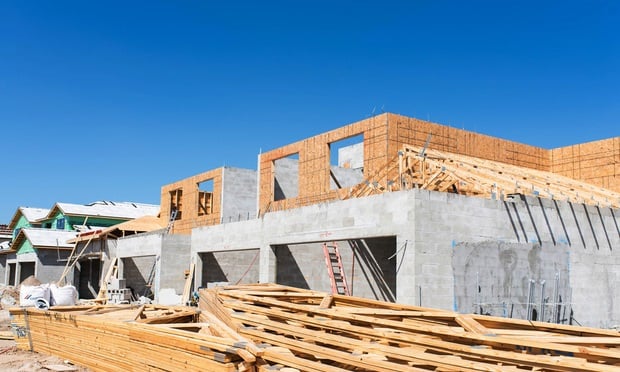"We're actually slightly ahead of our plan," Jim Deering, Wingstop president, tells GlobeSt.com. "This fall is going to test our mettle a little bit."
There are 33 existing Wingstops, of which 20 are in the Dallas-Ft. Worth market. It was a good test market because of its diversity, says Deering. Another 60 locations, mostly out of state, are waiting in the wings in various stages of franchise development. At the current pace, 15 to 20 more Wingstops will be open for business before the calendar is turned. And, Deering predicts, another 20 to 30 franchises will be inked by year's end. Throughout 2002 and into 2003, one store per week will come on line in the existing 13-state portfolio. He says the long-term goal is to have at least one eatery in every state.
The first franchise spot opened in April 1998 in Highland Village in North Dallas. Two years later, practically to the day, Wingstop opened its first out-of-state franchise in West Monroe, LA. "Once we opened out of state, it got real busy," says Deering.
The newest franchise pact calls for three more Wingstops in Missouri. Two will be in Springfield and one in Jefferson City and are being developed by a trio of businessmen who wanted to diversify their holdings from their mainstay of transportation. Another franchisee owns Missouri's first Wingstop, which opened its doors in February in St. Louis.
Just this year, Wingstop has picked up franchisees in Chicago, Decatur, IL, Denver, Little Rock and Florida. Contracts are waiting to be signed for the Northern Virginia-Washington, DC area, Phoenix and Las Vegas, confides Deering.
Wingstop's largest franchise holder is Charles Loflin of San Antonio. He has two eateries open, two under construction and one pending. All five will be up and running by spring 2002.
Wingstop zeroes in on high-occupancy, grocery-anchored neighborhood retail centers. It's a prerequisite that some nearby tenants be night-time traffic generators, such as pizza parlors or video stores. Mall locations are out, says Deering, who emphasizes that the eateries need to be positioned in easy-access centers so customers don't have to battle a high-traffic road. That's partly because the restaurants, mostly all inline space ranging from 1,200 sf to 1,600 sf, don't have delivery services and are designed with just 22 to 44 seats.
Want to continue reading?
Become a Free ALM Digital Reader.
Once you are an ALM Digital Member, you’ll receive:
- Breaking commercial real estate news and analysis, on-site and via our newsletters and custom alerts
- Educational webcasts, white papers, and ebooks from industry thought leaders
- Critical coverage of the property casualty insurance and financial advisory markets on our other ALM sites, PropertyCasualty360 and ThinkAdvisor
Already have an account? Sign In Now
*May exclude premium content© 2025 ALM Global, LLC, All Rights Reserved. Request academic re-use from www.copyright.com. All other uses, submit a request to [email protected]. For more information visit Asset & Logo Licensing.








